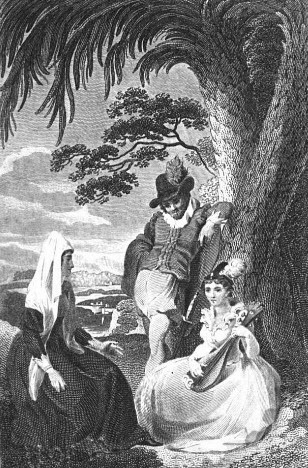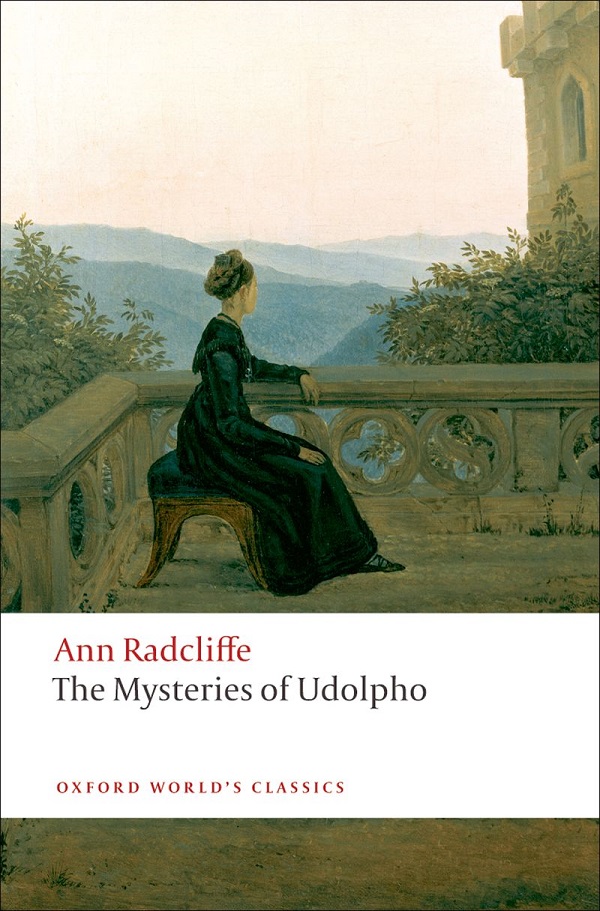
The Mysteries is very much a heroine’s journey. Living in the French countryside with her quaint mother and father, her family are simple people who lead a virtuous life, and their humble ways lend to their modest living, which, unfortunately, puts Emily in a precarious situation when she unexpectedly loses both parents. Aubert may seem far removed from the ravages of war. The newly enlightened inspired by contact with Asia, we’ll get to that, soon became reacquainted with the bucolic mysticism of their past.Įmily St. At the time, a rising middle class took refuge in the countryside while war spread like wildfire across western Europe. Radcliff drops us into the middle of conflict between “the civilized and barbaric, the modern and archaic, the progressive and rationality.” To read this work is to step into a past that too often has been over-simplified and romanticized. Standing at the crossroads where medieval Gothic Catholicism meets the rise of secular Enlightenment, Radcliffe’s story is an unusual amalgamation, rife with superstition and mysticism commingling with a strict insistence on Reason and Rationality, as Jacqueline Howard states in the introduction. The Mysteries of Udolfo is one of those rare pieces that may be difficult for contemporary readers to wrap their mind around though this story has colored the works of authors such as the Brontes, Austen, Poe, and du Maurier.

In 1794, the mother of Gothic literature produced a work of art that would influence every writer who dared to thrill readers with horror and intrigue.

Who says women don’t write about war? Ann Radcliffe’s novel might not take place on the battlefront, but the Napoleonic Wars still wreaked havoc for the characters in Mysteries of Udolpho, and though women weren’t allowed to fight in combat, they had their role to play, which affected them as much as their male counterparts since the consequences of bloodshed seep far and deep. The Mysteries of Udolpho by Ann Radcliffe


 0 kommentar(er)
0 kommentar(er)
